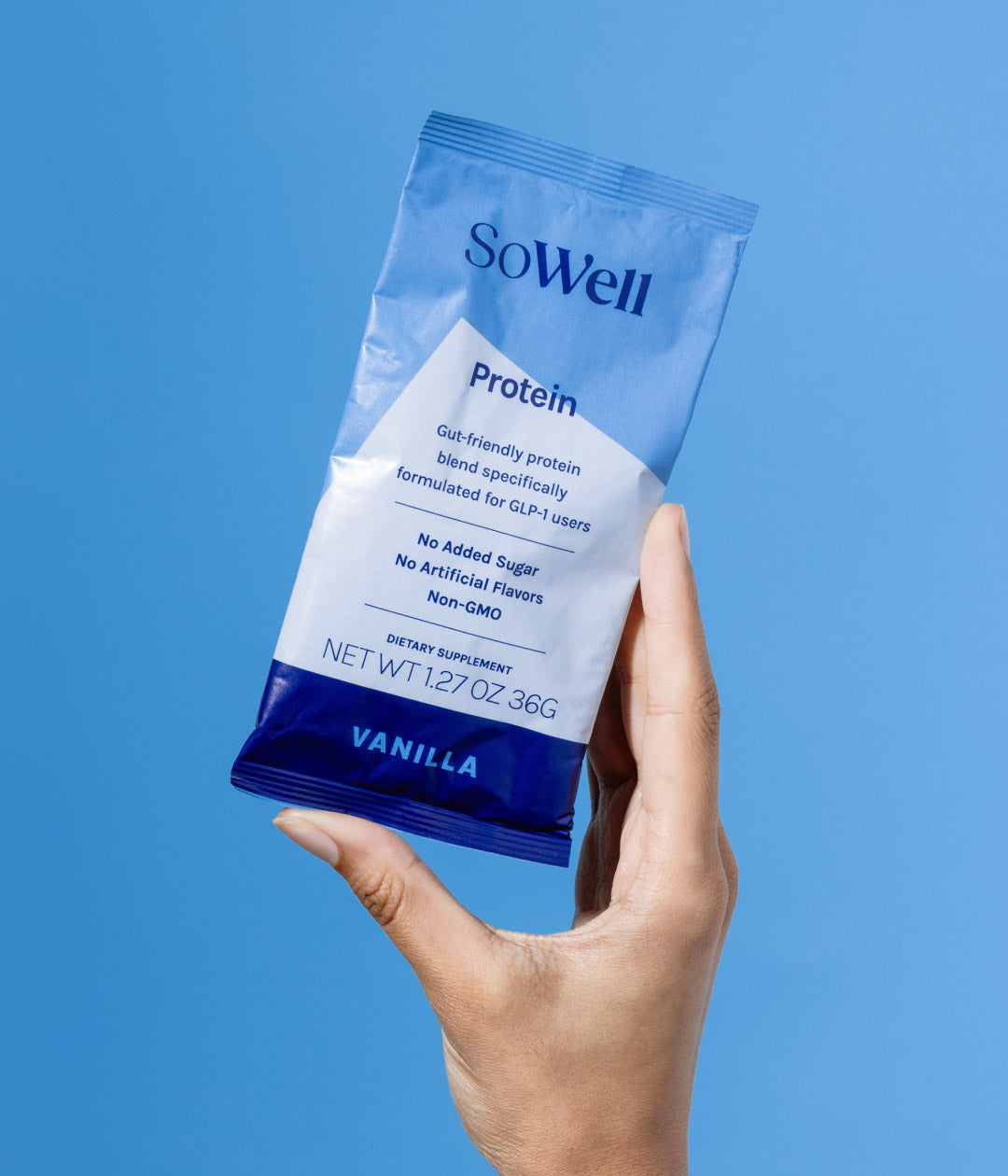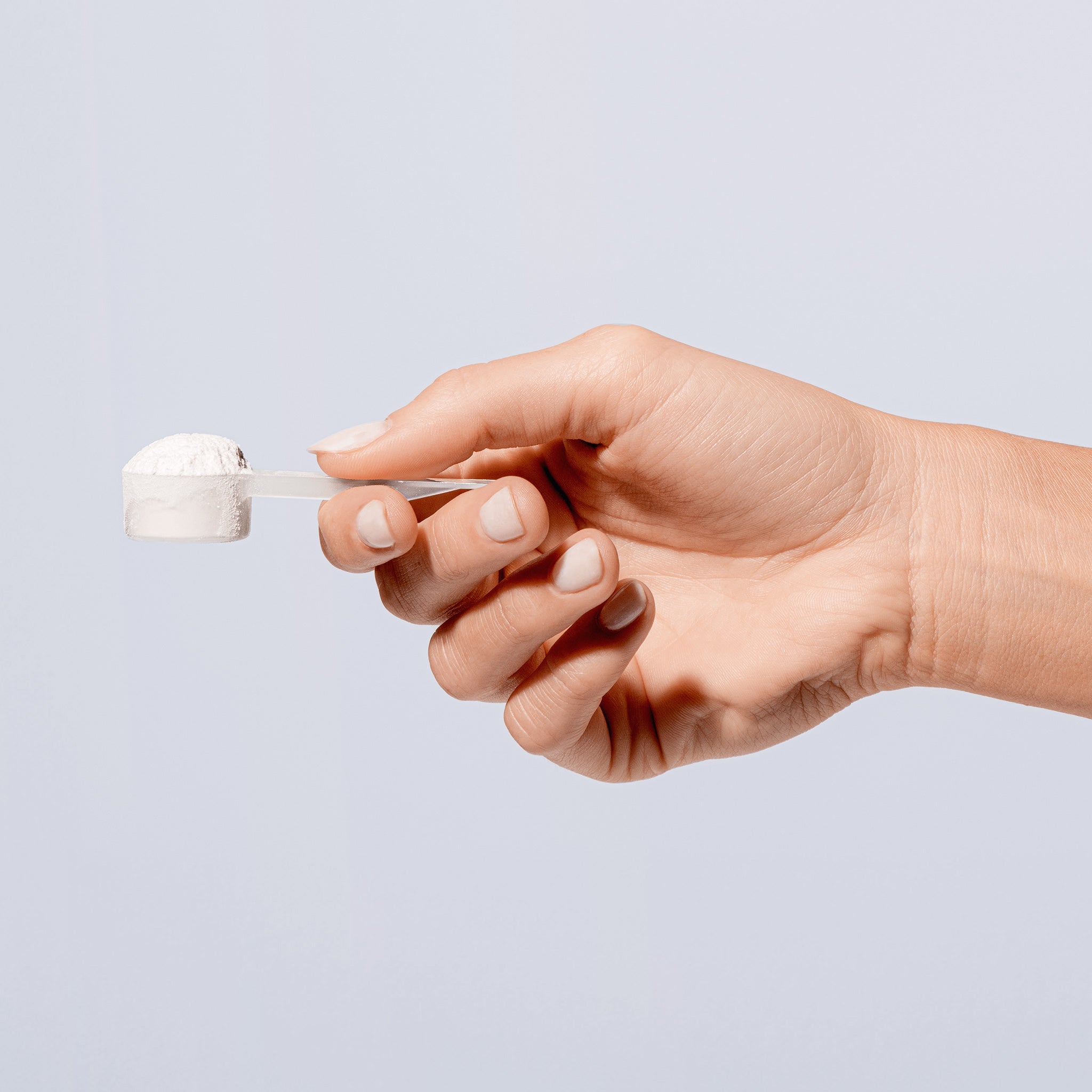
The terms insulin and insulin resistance often come up when discussing diabetes or blood sugar. But what is insulin resistance, really? The answer requires a bit of an explanation of how the body converts food into energy. Read on for a full description of insulin resistance. Plus, learn how it can affect your health and how to test for it too.
What is insulin resistance?
Let’s start by explaining what insulin itself is and how it works in the body. Simply put, insulin is a hormone, made by the pancreas. Its main role in your body is to help glucose enter your cells. Those cells in your muscles, fat, and brain can then use it for energy. It also signals the liver to store sugar, so you can use it for energy later. Your body gets glucose (or sugar) from the food you eat, mainly carbohydrates. When glucose levels rise post-meal or snack, the pancreas produces insulin and releases it into the blood. Then, the insulin helps the glucose move from your blood to your cells.
The problem in those with insulin resistance: Your body doesn’t exactly let insulin do its job. So your cells don’t respond to insulin’s help in moving sugar from the blood to the cells. As a result, your pancreas pushes to make more insulin in an effort to drop your blood sugar and give your cells the glucose they need. But sometimes, the pancreas just can’t keep up. That’s when you get elevated blood sugar levels.
The amount of insulin your body produces depends on many factors, including your metabolic health and the foods you eat. Ideally, you want your body to easily react to the secretion of insulin. That means you only need low levels of insulin to lower blood sugar and get your cells to take up glucose.
How does insulin resistance tie to weight loss and diabetes?
Insulin resistance typically develops over time. As mentioned, your pancreas will continue to make and release more insulin to try to keep sugar moving from your blood to your cells. However, the more your body produces insulin without much of a response from the cells, the more that resistance to insulin builds. The resulting elevated blood sugar makes it less likely that your pancreas can keep up with the insulin demand.
If this insulin resistance goes on for years without management, it can lead to prediabetes and eventually, a diabetes diagnosis. You’ll find out you have diabetes via a blood test, revealing elevated blood sugar levels. Considering 1 in 3 Americans, or 88 million adults 18 years of age and over1, have prediabetes, it is likely that insulin resistance affects even more individuals as it is a precursor to prediabetes.
While researchers can’t pinpoint exactly what causes insulin resistance, a few risk factors contribute to the condition. These risk factors include excess weight (particularly extra weight around the belly which can increase in inflammation), and physical inactivity2. Unfortunately, you likely won’t be able to spot symptoms of insulin resistance until it has developed into diagnosable prediabetes or diabetes. But the good news? You can prevent insulin resistance and a resulting diabetes diagnosis by losing weight and exercising3.
There’s one more caveat: While losing weight will help lower your risk of insulin resistance, a resistance to insulin can also make it more difficult to lose weight. In those with insulin resistance, the body has trouble converting glucose to energy. The body then turns the extra sugar in your blood into fat and stores it for energy use later. This is not to say a healthy diet and more physical activity won’t help, though. Working with a team of experts and supporters can help you identify weight-loss strategies and lifestyle changes that work for you.
Is there any way to test insulin levels?
Yes, and it’s a good idea to do so to help keep tabs on your metabolic health. A fasting insulin test will determine your insulin levels at baseline, in a measure of micro-IU per milliliter (or uIU/mL).
To figure out your insulin sensitivity—or how well your body responds to insulin in the blood—you can use the HOMA IR calculator. This stands for homeostatic model assessment of insulin resistance. Tt helps to determine if you have insulin resistance and the scope of it. You’ll need to know both your fasting insulin number and fasting glucose number, both via blood tests, to get to the final outcome. A low HOMA IR (below 1.0) means insulin is working properly in the body and keeping your blood sugar numbers in check. A high HOMA IR number (1.5 or higher) reveals insulin resistance and calls for a chat with your doctor. Check out the calculator here.
If you want to know more about diabetes and what it means for your health, check out “What Is Type 2 Diabetes and How Does it Affect My Health?” Looking to learn more about your own insulin levels? Check out our Weight Biology Kit, and our HOMA IR calculator.
1 Center for Disease Control and Prevention. “National Diabetes Statistics Report 2020.”
2 National Institute of Diabetes and Digestive and Kidney Diseases. “Insulin Resistance & Prediabetes.”
3 Annals of Physical and Rehabilitation Medicine. Exercise and Insulin Resistance in Type 2 Diabetes Mellitus: A Systematic Review and Meta-Analysis. March 2019.

















